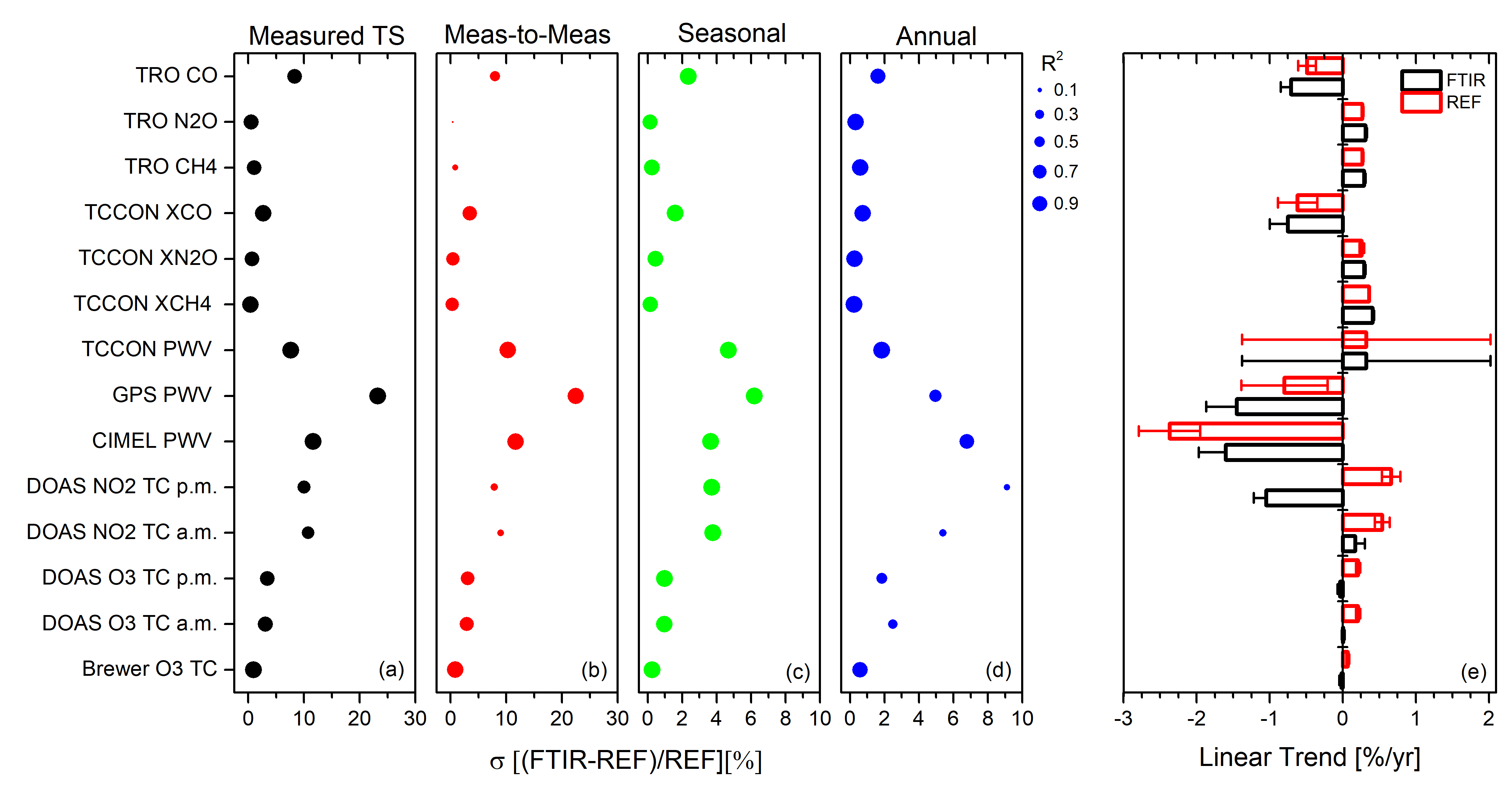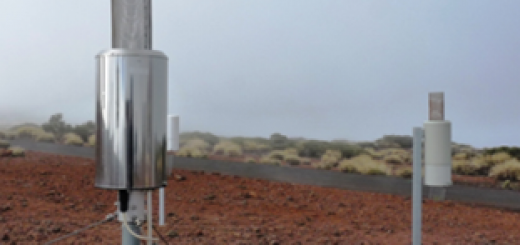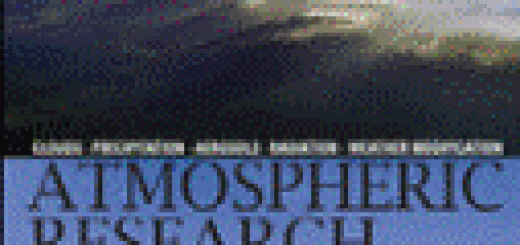“Twenty years of ground-based NDACC FTIR spectrometry at Izaña Observatory – overview and long-term comparison to other techniques”, paper published in ACPD.
Click here for the Spanish version
High-resolution Fourier Transform InfraRed (FTIR) solar observations are particularly relevant for climate studies, as they allow atmospheric gaseous composition and multiple climate processes to be monitored in detail. In this context, the present paper provides an overview of 20 years of FTIR measurements taken in the framework of the NDACC (Network for the Detection of Atmospheric Composition Change) from 1999 to 2018 at the subtropical Izaña Observatory (IZO, Spain).
Firstly, long-term instrumental performance is comprehensively assessed, corroborating the temporal stability and reliable instrumental characterisation of the two FTIR spectrometers installed at IZO since 1999. Then, the time series of all trace gases contributing to NDACC at IZO are presented (i.e. C2H6, CH4, ClONO2, CO, HCl, HCN, H2CO, HF, HNO3, N2O, NO2, NO, O3, OCS, and water vapour isotopologues H162O, H182O, and HD16O), reviewing the major accomplishments drawn from these observations. In order to examine the quality and long-term consistency of the IZO FTIR observations, a comparison of those NDACC products for which other high-quality measurement techniques are available at IZO has been performed (i.e. CH4, CO, H2O, NO2, N2O, and O3). This quality assessment was carried out on different timescales to examine what temporal signals, and to what extent, are captured by the FTIR records (see Figure 1).
After 20 years of operation, the IZO NDACC FTIR observations have been found to be very consistent and reliable over time, demonstrating great potential for climate research. Long-term NDACC FTIR data sets, such as IZO, are indispensable tools for the investigation of atmospheric composition trends, multi-year phenomena and complex climate feedback processes, as well as for the validation of past and present space-based missions and chemistry climate models.

Figure 1: Summary of timescale comparison between FTIR and IZO reference data sets: standard deviation of the relative differences (σ, in %) is displayed on x-axis, and the size of dots represents the determination coefficient, R2. These statistics are shown for the comparison of (a) measured and decomposed time series: (b) measurement-to-measurement, (c) seasonal, and (d) long-term variations (annual means). (e) Linear trends (in %/yr) for coincident FTIR and reference data sets, which are calculated by fitting a linear function combined with a Fourier time series to the data. Errors represent the 95% confidence interval (see details in García et al., 2021).
For further details refer to: García, O. E., Schneider, M., Sepúlveda, E., Hase, F., Blumenstock, T., Cuevas, E., Ramos, R., Gross, J., Barthlott, S., Röhling, A. N., Sanromá, E., González, Y., Gómez-Peláez, Á. J., Navarro-Comas, M., Puentedura, O., Yela, M., Redondas, A., Carreño, V., León-Luis, S. F., Reyes, E., García, R. D., Rivas, P. P., Romero-Campos, P. M., Torres, C., Prats, N., Hernández, M., and López, C.: Twenty years of ground-based NDACC FTIR spectrometry at Izaña Observatory – overview and long-term comparison to other techniques, Atmos. Chem. Phys. Discuss. https://doi.org/10.5194/acp-2021-307, in review, 2021.



